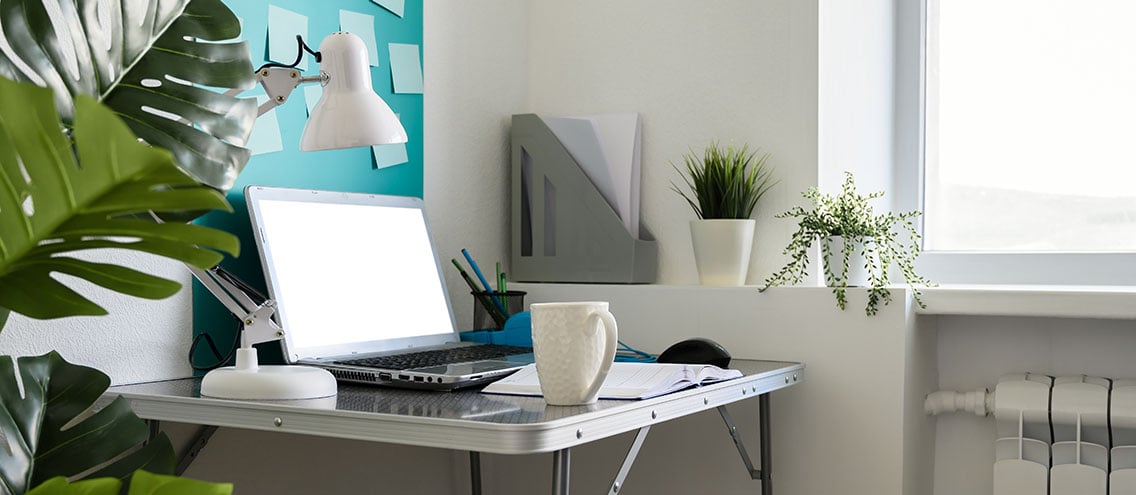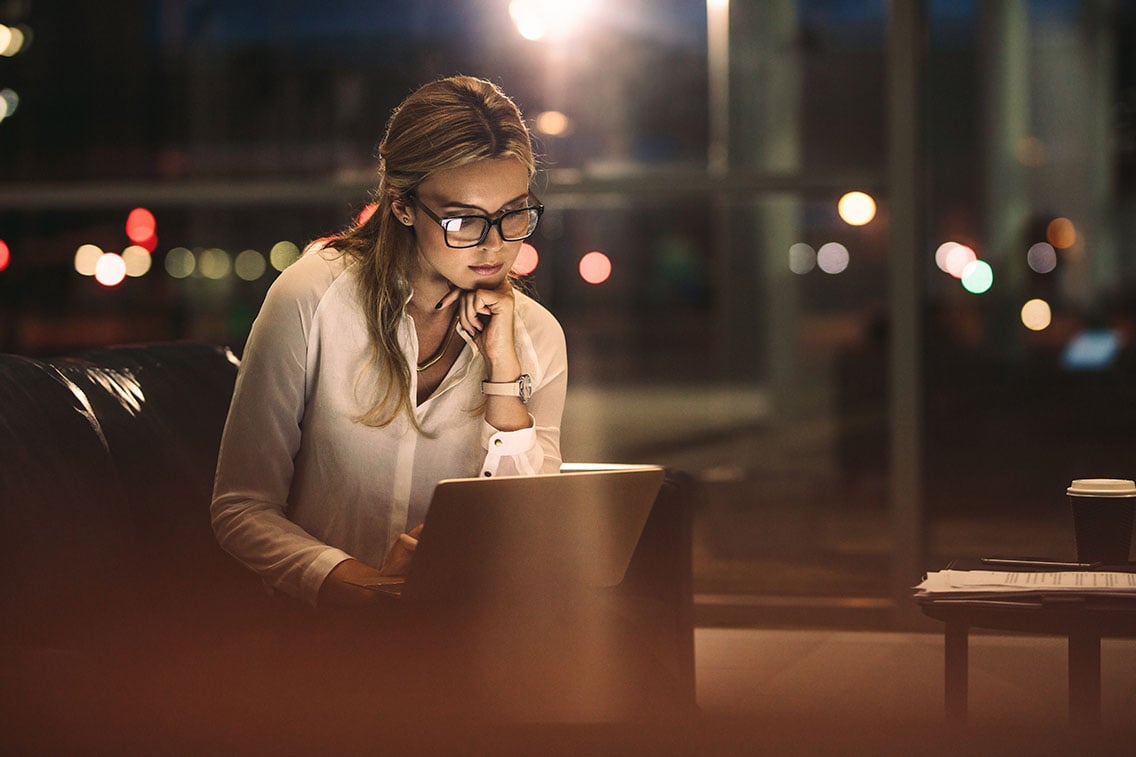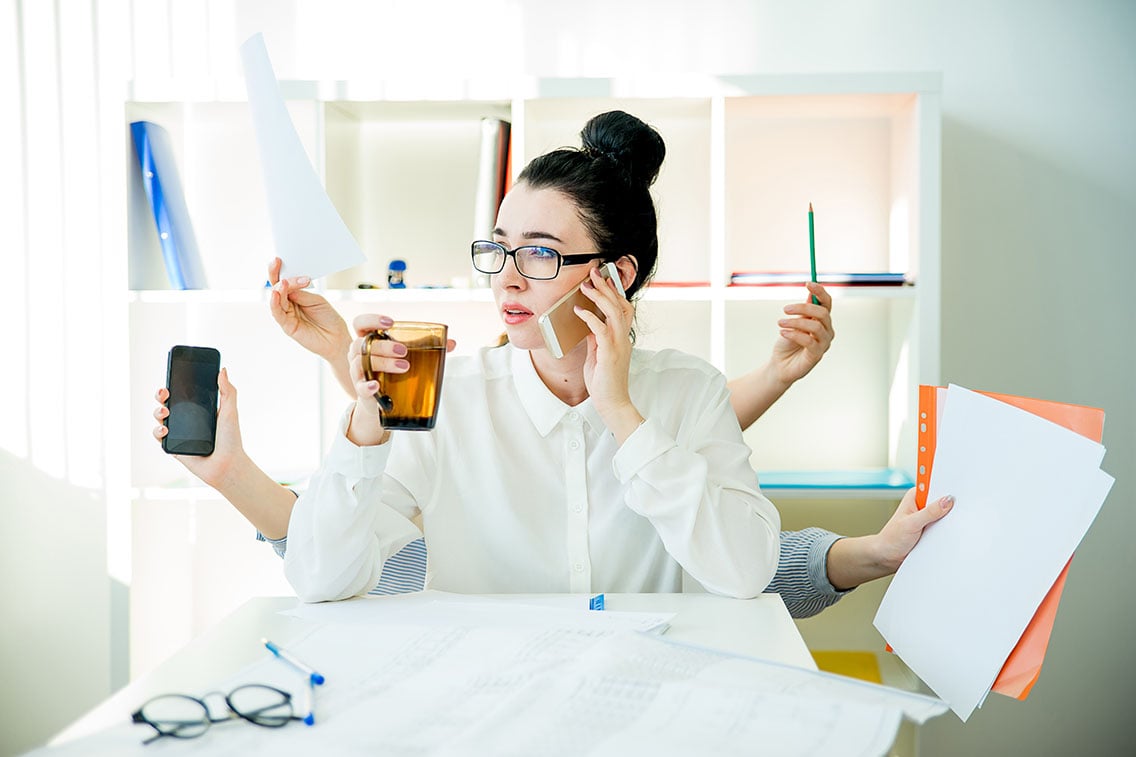Everyone, including myself as the creative director at VMG Studios and novelist in my spare time, struggles with tapping into their creative genius at times whether it's writing an article, coming up with a social media caption, or even crafting an email to your internal team.
As a creative marketing agency, VMG Studios thrives on creativity. It’s the driving force behind all of our projects whether it’s a marketing video, animation, social media campaign, website design, or rebrand. It’s what sets us apart.
While it’s important that our team is creative to ensure we meet the expectations of our clients, we believe creativity is just as important for everyone involved in a marketing project including the clients. Finding true inspiration helps us find your authentic business messaging.
Trying to achieve that elusive Ah-ha! moment, that flash of inspiration can be a challenge, but there are tools at your disposal to help you get there.
This article will map out the scientifically proven best way to construct the ideal environment and mindset for creativity – whether it’s for a marketing initiative, new business process, or passion project.
View this post on InstagramAnd every Monday, it starts all over again... 🤔 💭 . What inspires your very best ideas?
A post shared by Creative Marketing Agency (@vmgstudios) on
Open vs. Closed Mode
First, let’s address a critical factor in reaching your peak creativity, and that is what’s called the Open or Closed mode.
Creativity is nearly impossible when you are in the closed mode.
What is the closed mode? It’s the mode we are in most of the time when we are at work. It’s an active mode where you feel you have a lot to get accomplished. You’re feeling very purposeful, therefore, not allowing for much humor.
In the open mode, you still have an edge of concentration, but you’re relaxed, expansive, less purposeful, more contemplative, more open to humor, and consequently, more playful. Playful being the operative word. Your mind can play.
Being in the open mode leads to curiosity, the classic “What if?” thought process, which may be the most important element in the creative process – being open to looking at any scenario and asking yourself “What if …?” That curiosity is what creativity is all about.
Monty Python alum John Cleese goes into much more detail on the open vs. closed topic in this video below.
The Science Behind the Benefits of Being in Open Mode
When your brain shifts from closed to open mode, you’re actually changing the chemistry of your brain, three chemicals in particular: serotonin, dopamine, and cortisol.
Serotonin calms you down, dopamine gets you excited and engaged, while cortisol acts as a stabilizer; it’s your stress hormone, it regulates your blood sugar and helps keep you balanced.
When your cortisol level is too high, you’re stressed. When it’s too low, you’re bored. You need a tiny amount of stress—i.e., deadlines. You’re calm (thanks to serotonin) but energized (thanks to dopamine), giving you that edge that helps you focus.
So, what does this all mean for productivity and creativity?
In general, serotonin levels tend to be highest in the morning so that’s the ideal time to brainstorm.
When you are in the open mode, and letting ideas bounce around inside your head like ping-pong balls, it doesn’t guarantee that one single brilliant idea will leap out. The chances are greater, but it’s no sure thing. That’s when you have to, as Elsa sang in Disney’s Frozen, let it go.
When you’re trying to solve a problem or brainstorm an idea and you’re not getting anywhere, ignore it and let your subconscious go to work. You have to trust yourself enough to let the seeds you’ve planted grow.
There is a gatekeeper in your brain, and when you’re trying really hard to think of something, it puts that gatekeeper on high alert (stress) and he’s not letting anything through. But if you let go for a while, literally sleep on it, the gatekeeper relaxes, and ideas slip through.
This is why the shower, or your car are some of the best environments for coming up with ideas.
You’re relaxed, uninterrupted; you’re doing something mindless; you’re surrounded by soft white noise. The whole thing of coming up with ideas in the shower isn’t a myth, it’s backed up by science.
This leads us to the next element in reaching prime creative headspace and the open mode: your environment.
Finding a Creative Workspace
It begins with a creative workspace, or at least a safe workspace. You need to feel comfortable. Here are some aesthetic considerations for finding the perfect creative space.
Color
Colors actually play into this as well. White or gray walls do nothing to foster a feeling of creativity (i.e., a typical office environment), whereas greens, blues, and yellows do.
While you might not be able to easily change the color of your walls, you can surround yourself with colorful items to help stimulate the brain (more on this shortly).
READ: BRAND COLOR PSYCHOLOGY: MEN VS. WOMEN
Tidiness
Another environmental factor that affects creativity and inspiration is messiness. There has been debate on whether or not a messy work environment helps get the creative juices flowing.
I think for this argument, you can chalk it up to your own tastes. If you’re a neat freak, having a messy space would drive you nuts, while an exceptionally tidy environment is anathema to many artists.
Personally, I split the difference, preferring to have a workspace that’s best described as “organized clutter.”
Plants
One touch that helps build a comfortable, creative work environment? Plants. Just being around some foliage has a calming effect.
And what color are most plants? Right, green, a color studies have found promotes creativity.
Also, according to a research study conducted by Texas A&M University, plants can boost creativity by 15% or more. A few potted succulents might be just what the doctor ordered.

Lighting
You’ve built yourself a nice little fortress of solitude, now let’s fine tune the mood. We’ll begin with the lighting.
Dim light is better than bright light. Dim light helps us feel less constrained and free to explore. It’s soothing. Also, natural light is better than artificial light. Those overhead fluorescents aren’t doing you any favors. A large window (with blinds) is your best solution.

Room Temperature
How you’re physically feeling is a major factor in reaching peak creativity. A warm room is better than a cold room. When you’re cold, you’re distracted because you’re focusing on the fact that you’re cold. Same with a room that’s too hot. But overall, a little warm is better than a little cool.

Noise
How the audio in your creative oasis affects you depends on what type of creative tasks you’re engaged in.
When you need extreme concentration, you need extreme quiet. It sharpens your focus. Think of it this way, if you were deactivating a bomb and preparing to cut the red wire (or is the green wire?), would you prefer to do it while your neighbor is firing up his leaf blower and lawn mower? ‘Nuff said.
However, when you are more in free form—perhaps painting, sculpture, or graphic design—a little ambient noise is helpful.
In fact, ambient noise is the sweet spot for creativity.
Why do you suppose so many people go to coffee shops to write? If you can’t get to a space that provides the necessary ambient sound, the Internet is littered with websites that can bring them right into your own home or office. Here are a few:
Music
When it comes to music there are two schools of thought. Some feel they can’t concentrate when listening to music, others feel it helps them relax.
The correct answer is … it depends.
It depends on what kind of creative you’re doing and what kind of music you’re listening to.

I, personally, cannot listen to music while writing. It’s impossible. But listening to music while drawing? It really helps. Actually, let me qualify that. I can’t listen to music with lyrics while writing, but something chill or instrumental is less of a problem.
This ties back into the whole ambient noise thing. Instrumental music can effectively become background noise, but music with lyrics creeps more into the foreground. When there are lyrics playing your brain, you can’t help but notice them and the brain is notoriously terrible at focusing on more than one thing at once. Which brings us to…
The Pitfalls of Multitasking
I’m sorry to be the one to tell you this but you can’t multitask well. Science says so.
You can do one thing well or do several things not so well. Don’t believe me? Here’s a simple test that illustrates the myth of multitasking:
Time yourself writing the sentence “I am a great multitasker” and then writing the numbers 1-20. That’s one number for each letter in your sentence. It should take you around 22 seconds.
Now, I’ll have you do it in a slightly different manner that forces your brain to multitask, or switch-task.
Again, write the sentence and the list of numbers, but this time, jump back and forth between them—letter, number, letter, number, etc. In other words, write I-1-a-2-m-3-a-4-g-5-r-6-e-7-a-8-t-9 and so on until you finish.
It will most likely take you almost twice as long even though you’re writing the same amount of characters.
This is what’s happening to a lesser degree when you’re listening to music with lyrics while at the same time trying to focus on detail-oriented work.
Working on a creative project requires you to be present in all phases of the process from the conceptualization to the tiny, last details. Anything not allowing your brain to focus is a distraction.

Promoting the Perfect Creative Environment
It’s not intuitive to think of the creative process as science-based, but it’s more palatable to think of it as more of a roadmap: It’ll help you get to where you’re going.
When you create the proper conditions and habitat – including color, lighting, room temperature, and noise – you’re making it much more likely your fickle muse, possibly a marketing video script, will be willing to take up residence.
The perfect creative environment: Science-tested; Shakespeare approved. Verily.
Click the image below to download a free video script worksheet to get those creative juices flowing






